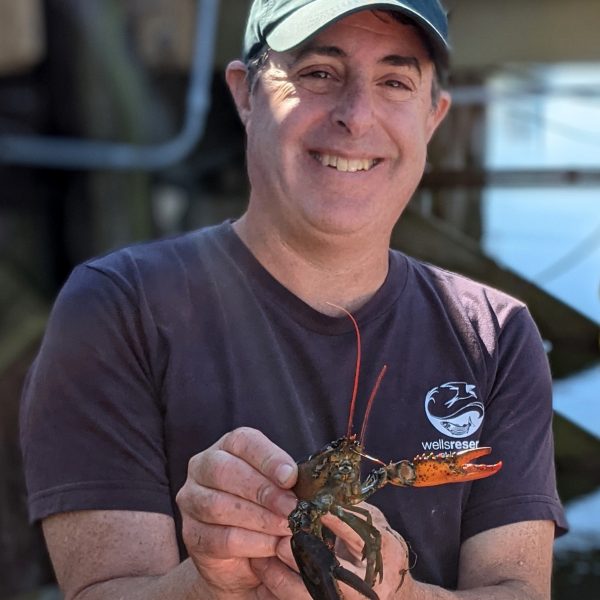Expanding a New England Green Crab Pilot Fishery
Full Title
Expanding a New England Green Crab Pilot Fishery by Providing a Soft-shell Assay and Identifying Seasonal Aggregations for Harvest
Background
Green crab predation causes up to $44 million in economic losses to commercial fisheries in the United States each year. Losses to shellfisheries in the northeast alone are estimated to average $22.6 million annually. Green crabs are formidable consumers that have been implicated in the declines of soft-shelled clams and Eastern oysters, and are known to compete with lobsters. Developing a viable green crab fishery would provide new economic opportunities while introducing a management tool for a harmful invasive species.
Objectives
- Develop a molting identification assay to aid in pre-molt stage identification
- Quantify the temporal and spatial distribution of green crabs in two estuaries using traditional trapping surveys
- Describe the movements and identify seasonal migrations of green crabs using acoustic telemetry
- Work with commercial and recreational fishermen, as well as local community supported fisheries, to expand the use of green crabs as bait and in culinary products
Project Investigators
- Jason Goldstein, Wells National Estuarine Research Reserve
- Nathan Furey, University of New Hampshire
- Gabriela Bradt, University of New Hampshire
- Steven Jury, St. Joseph's College of Maine
- Everett Leach, Fisherman
Funding
$261,620 through the NOAA Fisheries Saltonstall-Kennedy Competitive Grants Program

